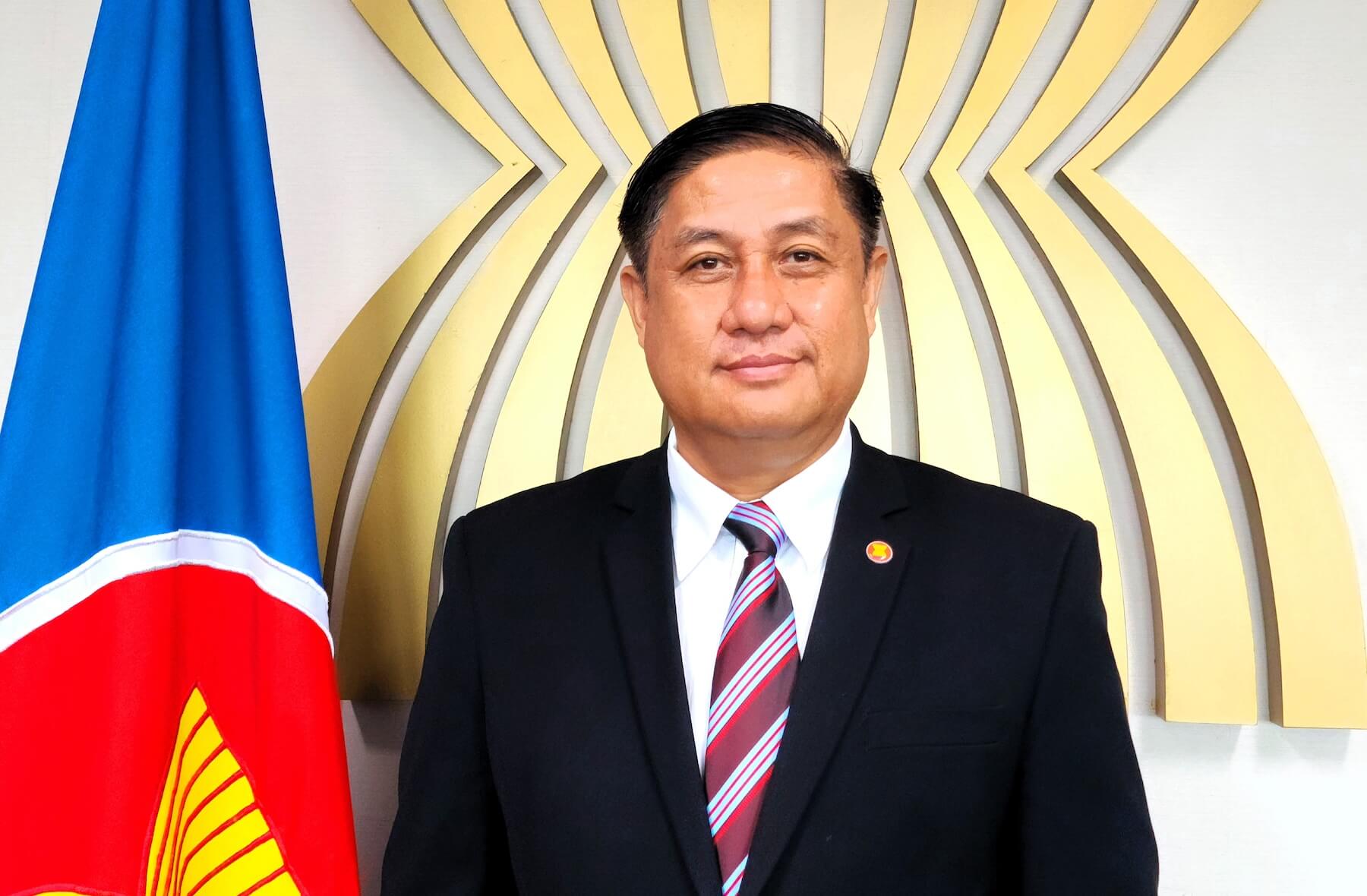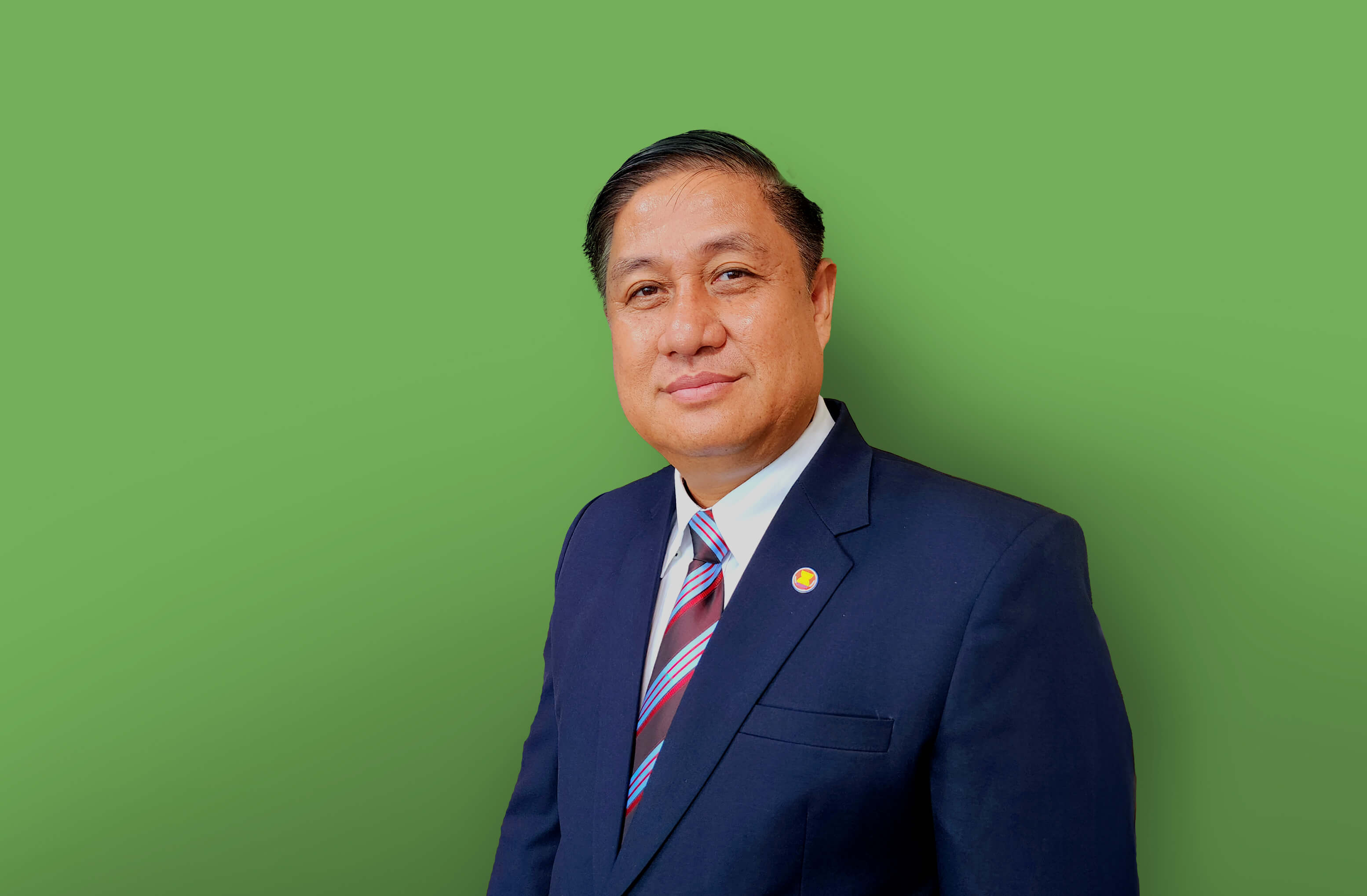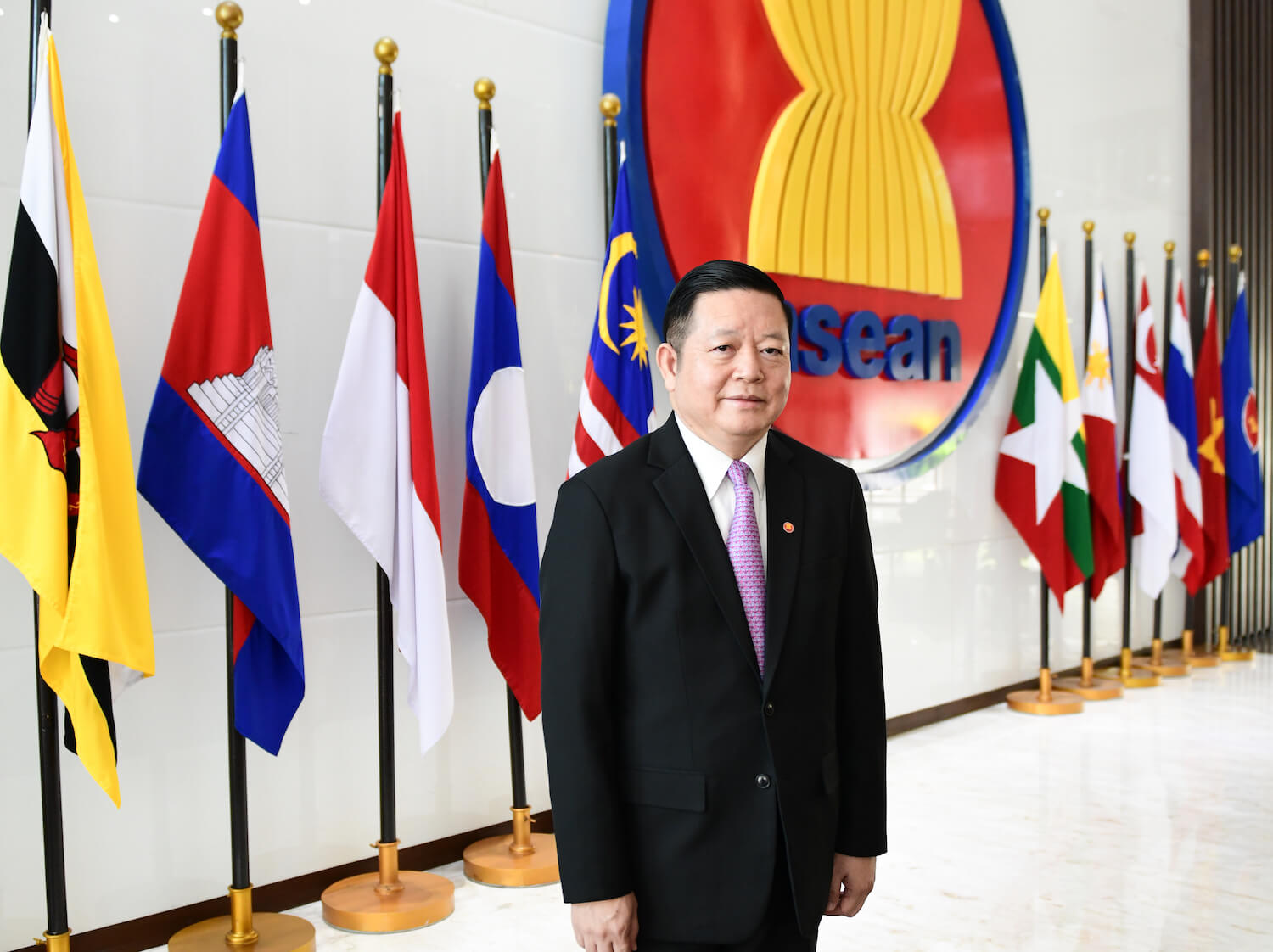


How do countries produce creative and innovative learners? With Singapore consistently on the Global Innovation Index's list of top 10 most innovative countries since 2013, The ASEAN asked Singapore Education Minister Lawrence Wong to share the country’s strategies for creating a culture of innovation and facilitating innovative solutions to crisis such as the COVID-19 pandemic.
The Global Innovation Index 2020 ranks Singapore 8th most innovative among 138 participating countries. Can you share with us your national strategies for nurturing creative and innovative learners?
We recognise that education is much more than just about book knowledge and academic abilities. It’s also instilling in our children key traits like communication and teamwork, as well as creative and innovative thinking.
These learning objectives are incorporated into the national curriculum and through signature programmes in our schools. We systematically identify learning opportunities to spark our students’ curiosity and creativity by exposing them to novel and open-ended problems, which require them to appreciate different perspectives and apply learning in real-world contexts.
For example, the Programme for Active Learning or PAL in primary schools gives our young students exposure to non-routine problems, for example, through Mathematics, which will require them to think deeper, reason logically, and be creative in using strategies to solve problems.
We also complement classroom learning with Co-Curricular Activities, Values-inAction programmes, and school-based programmes like the Applied Learning Programmes, that cover areas such as Innovation and Enterprise as well as STEM. These provide opportunities for our students to apply themselves to real-life problems while honing their collaborative skills.
Through this holistic approach, we aim to develop in our students the dispositions and skill sets that will enable them to succeed and thrive in the real world.
What challenges did Singapore’s education sector face during the COVID-19 pandemic? How were these challenges addressed?
All countries faced similar challenges in education—whether to close schools, when to do it, and for how long.
Having gone through SARS nearly two decades ago, Singapore had put in place Standard Operating Procedures, which we were able to adapt and evolve quickly as we learned more about COVID-19.
As the pandemic worsened, Singapore decided to put in place a Circuit Breaker in April 2020 to limit the transmission of the virus. In tandem with this, all schools shifted to full Home-Based Learning. There were, of course, concerns about whether teaching and learning could be done effectively and the impact on curriculum coverage. But the collective innovative spirit shown by all was remarkable.
The silver lining from all this is that we have been able to accelerate the use of technology in education. We have seen the benefits of doing so, as students become more self-directed and independent, and are able to learn at their own pace at home, enabled by technology. We are therefore locking in the gains from this experience by making Blended Learning part of our mainstream curriculum.
We also stepped up our support for students from vulnerable backgrounds as they are the hardest hit in a crisis like this. For example, these students were given extra financial support, as well as internet devices and wifi dongles.
Throughout this pandemic, our schools have remained safe spaces of learning. Our students and teachers have adapted admirably to mask-wearing and all the safety measures put in place. Perhaps the greatest challenge moving ahead is staying vigilant and maintaining the discipline to keep up with these measures.
How do you think the COVID-19 pandemic has hampered or encouraged innovation among Singaporeans, especially the youth sector? How important is innovation in a country’s post-COVID economic recovery and long-term development?
It was very heartening to see many ground-up youth initiatives spring up last year during the pandemic. This is a testament of our youths’ innovative spirit, creativity, and resourcefulness. For example, a group of young people started a “Mindful Minutes Podcast” in June last year. It aimed to raise awareness about mental wellness and encourage self-care among youths. It also gave practical tips on how youths could cope with adjusting to new normal after the Circuit Breaker was lifted.
Innovation and the ability to innovate have always been critical to a small economy with no hinterland like Singapore to stay competitive and relevant. We see this even more starkly during this pandemic, with innovations in science and technology, and in other areas too, enabling us to combat the virus more effectively while adjusting to a new normal in the way we live, work, and play.
Over the years, Singapore has built up a vibrant research and innovation ecosystem supported by our universities and research institutes that lead pioneering work in various areas. We will continue to strengthen these capabilities, and develop inventive thinking and resourcefulness in our students, to better equip them for a more uncertain future.








